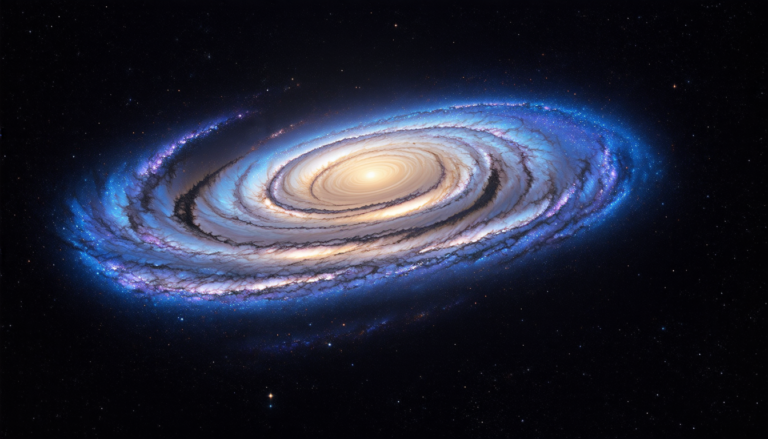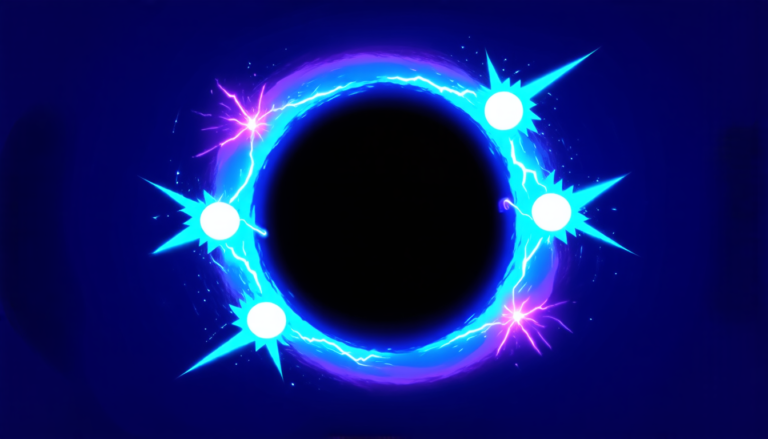Wednesday 16 April 2025
For decades, scientists have been trying to understand how matter and antimatter came to dominate our universe. The question has puzzled experts, and a recent discovery may hold the key to unlocking its secrets.
Researchers have long known that particles, like protons and neutrons, come in two types: quarks and antiquarks. Quarks make up normal matter, while antiquarks are thought to be part of antimatter. However, scientists have struggled to understand how these particles interact with each other, particularly when it comes to the forces that bind them together.
The problem is complex because quarks and antiquarks don’t follow the same rules as their normal counterparts. Antimatter behaves in ways that defy our understanding of physics, making it difficult to study. To overcome this hurdle, researchers have turned to advanced computer simulations and mathematical models to better understand these interactions.
Recently, a team of scientists used these methods to investigate the behavior of quarks and antiquarks when they’re bound together by forces known as chromomagnetic dipole moments (cMDMs). These forces are thought to play a crucial role in determining how matter and antimatter interact with each other.
By analyzing cMDMs, researchers discovered that they can have a significant impact on the behavior of quarks and antiquarks. In fact, their findings suggest that cMDMs can influence the way these particles bind together, which could have important implications for our understanding of the universe.
One of the most exciting aspects of this research is its potential to shed light on why matter dominates antimatter in our universe. According to the Standard Model of particle physics, matter and antimatter should have been created in equal amounts during the Big Bang. However, it appears that something has caused matter to become dominant, leaving a sea of antimatter behind.
The discovery of cMDMs could provide a crucial piece of this puzzle. By studying how these forces interact with quarks and antiquarks, researchers may be able to better understand why matter has become so prevalent in our universe.
The research also highlights the importance of continued investment in basic scientific research. Without the advancements made possible by government funding and private donations, scientists would not have been able to make this groundbreaking discovery.
As we continue to explore the mysteries of the universe, it’s clear that there is still much to be learned about the fundamental forces that shape our reality.
Cite this article: “Unlocking the Secrets of the Universes Most Mysterious Particles”, The Science Archive, 2025.
Quarks, Antiquarks, Antimatter, Matter, Chromomagnetic Dipole Moments, Cmdms, Particle Physics, Standard Model, Big Bang, Universe







